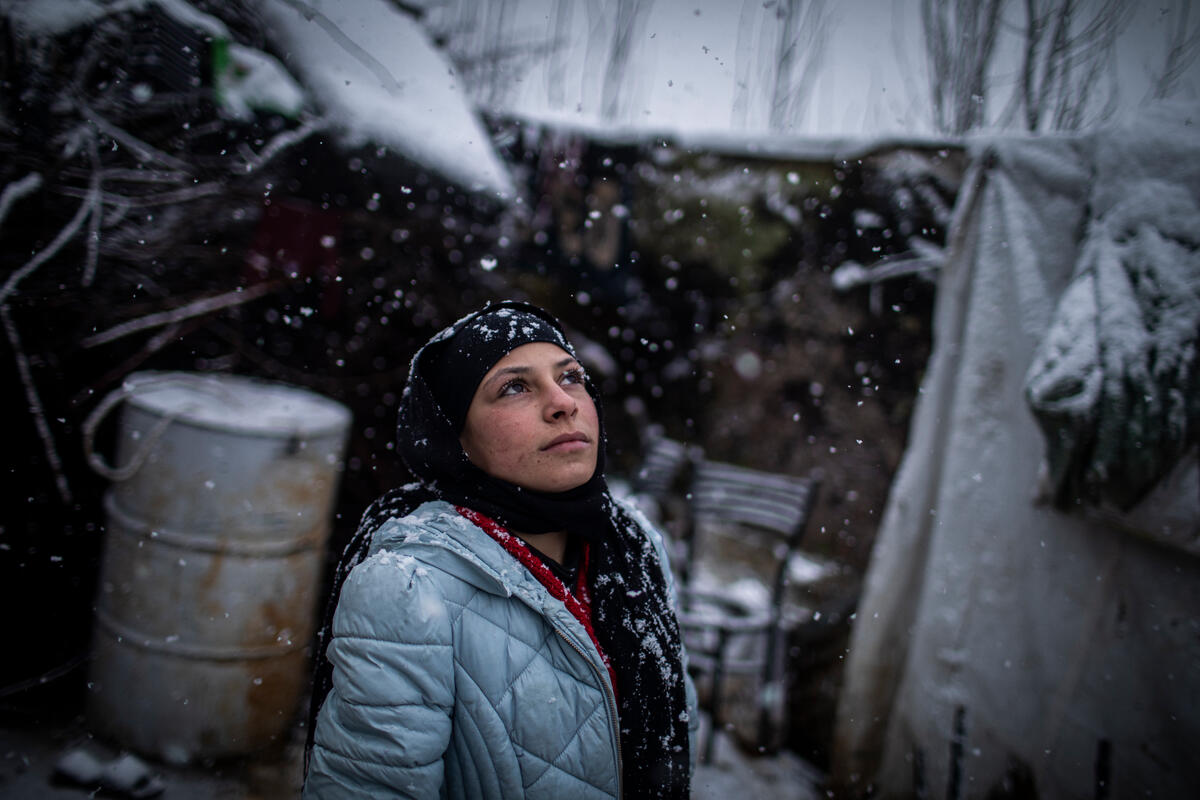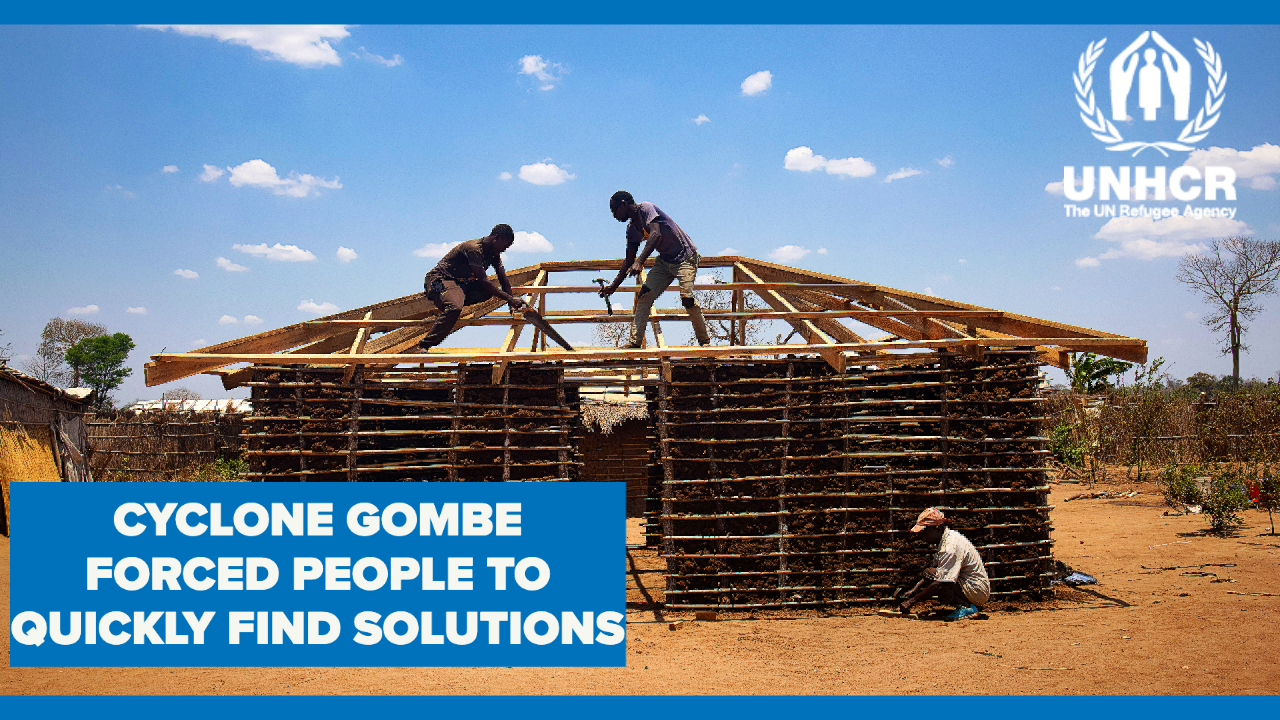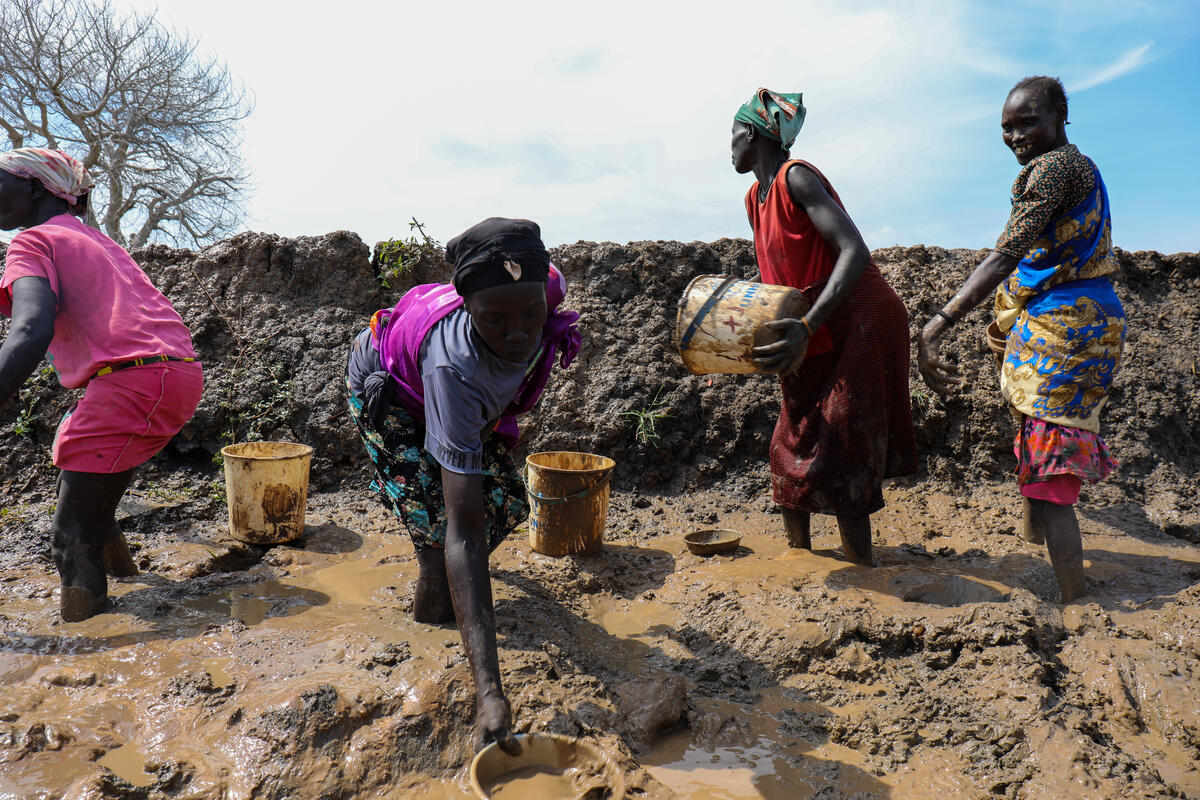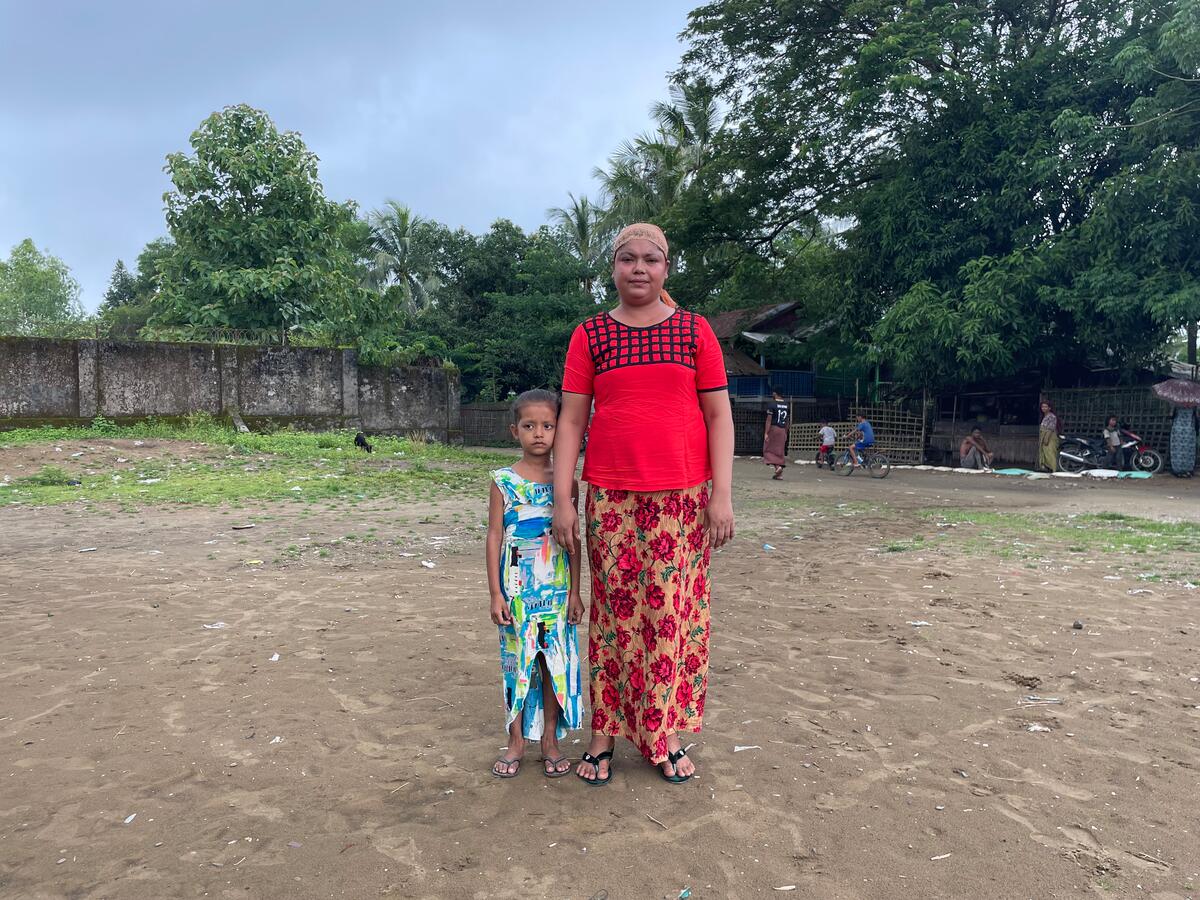UNHCR launches aid package to help poor Afghans survive winter
UNHCR launches aid package to help poor Afghans survive winter
In Kabul today, UNHCR has begun distributing blankets, warm clothes, charcoal and other winter supplies to 1,500 returnees and internally displaced people (IDPs) in greatest need as part of a countrywide programme to help some 200,000 vulnerable Afghans survive the harsh winter.
We have pre-positioned winter supplies throughout Afghanistan based on an earlier needs assessment of tens of thousands of families across the country. The assistance package varies in different locations according to needs, but includes plastic sheets, blankets and jerry cans as core items. Over 177,000 blankets, 60,000 plastic sheets, 60,000 jerry cans and 620,000 items of warm clothing including shawls, sweaters, shoes and socks have been purchased and sent to UNHCR's regional offices for countrywide distribution.
Supplies were strategically moved to the areas with harsh winters, such as the western region, where heavy snow would otherwise impede access. We have teamed up with the government and local partners to ensure relief can reach less accessible areas.
The beneficiaries are a mix of vulnerable, recently returned refugees and IDPs, as well as others at particular risk in the cold winter weather - such as the disabled, the elderly and single mothers. Temperatures in Kabul can plummet to minus 20 degrees Celsius in January, the coldest month. In other regions, such as the central highlands area, winter temperatures are as low as minus 30 degrees.
Some of the 250 deprived families to receive UNHCR's winter aid in Kabul today, are returned refugees unable to stay in or return to their home villages because of lack of jobs, personal enmities, or because their families have grown so large during years in exile there is not enough land or shelter for them at home. A group of 60 families live in an abandoned former kindergarten in Kabul, without running water or electricity, in tiny rooms with plastic curtains covering gaping holes to keep out the cold. Some of these people were among the first to return to Afghanistan in 2002 after the fall of the Taliban, but are now facing their eight harsh winter in tough conditions. They struggle to feed their families, heat the house and organize education for their children.
The winterization programme is a coordinated effort between UNHCR its partners and the Afghan government. It will continue over the coming weeks and is expected to be complete by end of December. Since 2007, our winter assistance strategy has emphasized preparedness rather than emergency response. By giving out warm clothes, shoes and other winter relief early in the season, we hope to prevent illness and hardship for the most vulnerable people.
UNHCR has also been advocating with other agencies and private donors to ensure many more people receive aid this winter. We are urging donors to direct their assistance to outlying communities such as the internally displaced people in Ghazni and newly returned refugees in Logar and Wardak, some of whom are still landless and homeless.









